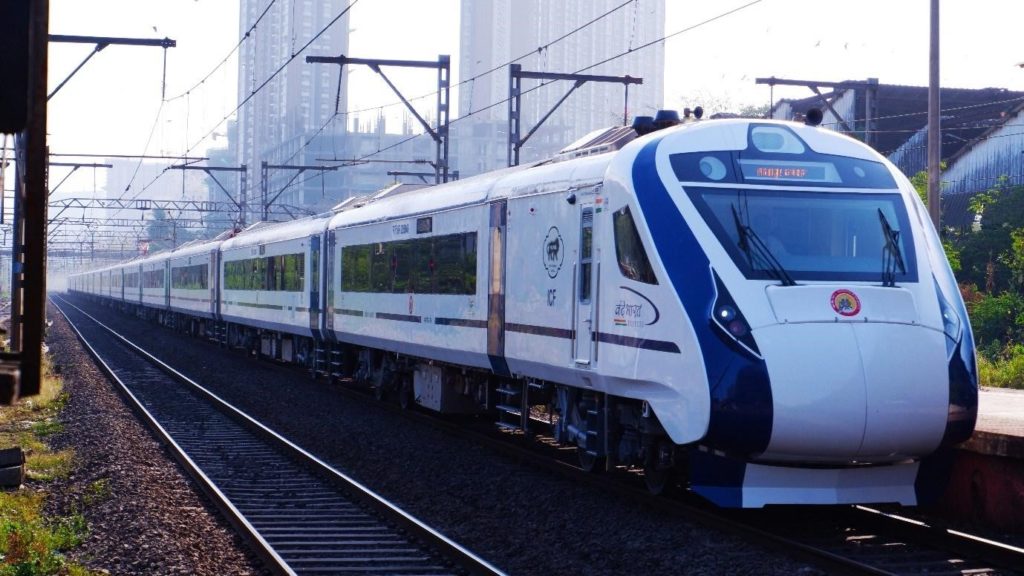When it comes to your transit agency, it’s essential to use the right tools and technological insights to further your transportation in as many ways as possible.
In light of this, we want to delve into Intelligent Transport Systems (ITS) and the power they hold to enhance your transport operations.
Here are some of the main components involved in ITS and how they can transform your transit agency with advanced insights…!!
Real-time vehicle monitoring
ITS can provide real-time vehicle monitoring, that relays positional information on your vehicles through on-board tracking devices. This way, you’ll have data and insights on your vehicles’ positions at all times.
This can provide a wide range of benefits for operators, such as:
- Adjusted routes – You can receive insights that suggest more efficient routes for your vehicles based on their position, distance from stop, and other factors.
- Smoother journeys – By receiving suggestions for routes that minimize delays and congestion, you can have a smoother journey for riders and drivers.
- Ideal arrivals – The systems can help you ensure each vehicle arrives at a stop at an ideal time (not too early or late), to meet capacity more effectively.
Real-time passenger information
Using ITS can also help you display real-time passenger information for your riders. This is accurate information for predicted arrival times of each vehicle at a stop, using tracking devices and other data for accuracy.
This can have a huge impact on the rider experience in many ways:
- More enjoyable journeys – It can be frustrating for riders if they’re waiting for a vehicle without knowing when to expect its arrival. This information can therefore offer assurance and a more enjoyable ride for passengers in your network.
- Easier journey planning – The accurate information on your displays can help riders plan their journeys. They’ll have a clearer idea of how long it will take them to reach their final destination using your services.
- Adaptable information – With real-time information, any changes to the predicted arrival times are immediately shown, helping riders make adjustments to their journeys accordingly.
Operations control
ITS can also offer more effective operations control for your command centers. They’ll receive a range of crucial insights to help manage a variety of components in your transportation network.
Command centers can have more control over a range of things, including:
- Incidents and issues – When issues like faulty equipment or road incidents occur, the systems can identify them immediately. On top of that, they can also predict them, to help you mitigate the impact these issues have on operations.
- Vehicle schedules – ITS can offer suggestions for schedule adjustment according to the current situation in your fleet. This can help you have the right number of vehicles on certain routes to meet capacity effectively.
Also Read : 3 Tech Solutions for Fleet Management
Now you know the power that ITS holds, how will you be incorporating it into your transit agency?
Will your main focus be to deliver accurate passenger insights, monitor your vehicles effectively, or gain more control over your fleet from the command centers?
With the right ITS implemented in your network, you can tackle all these and more.


